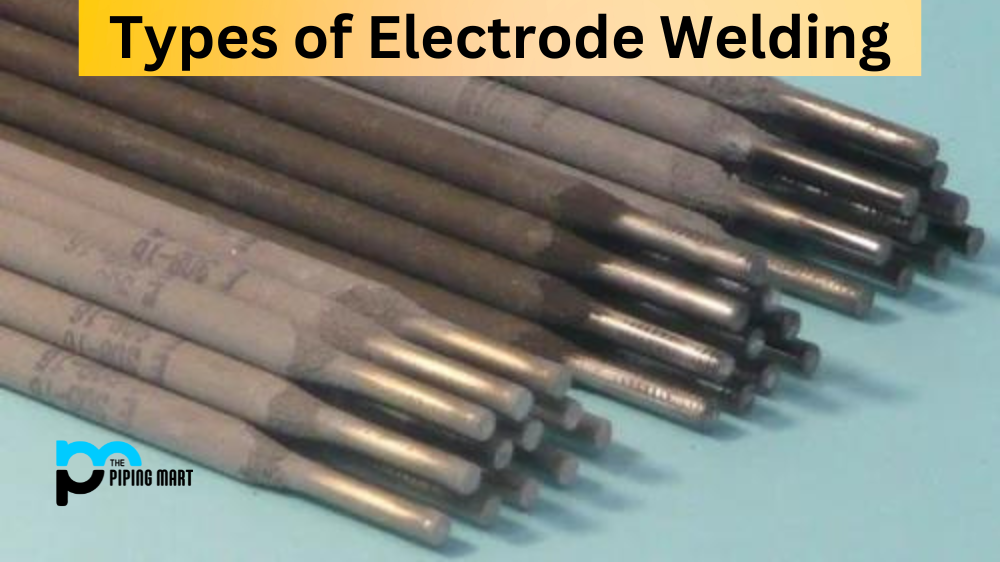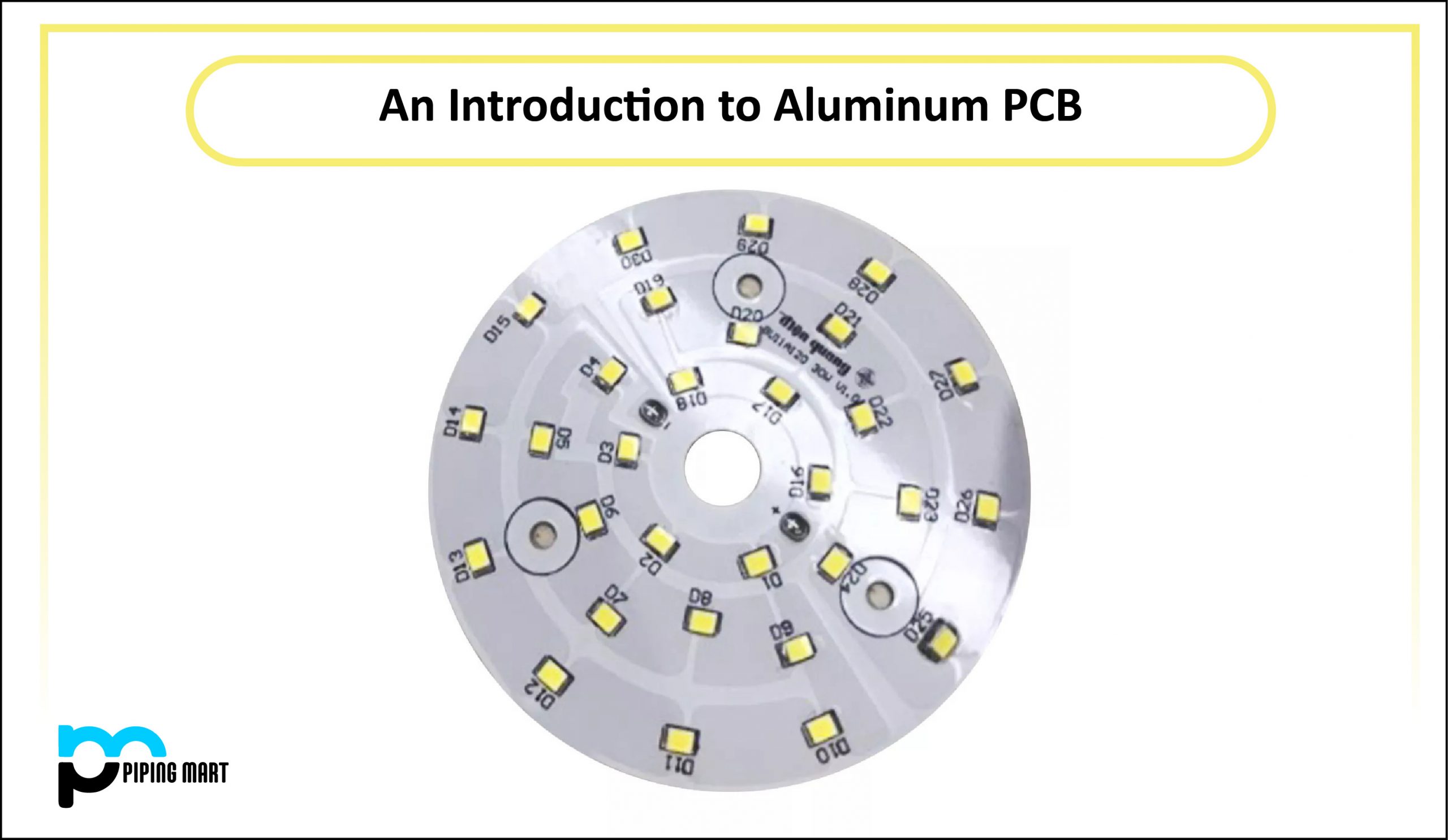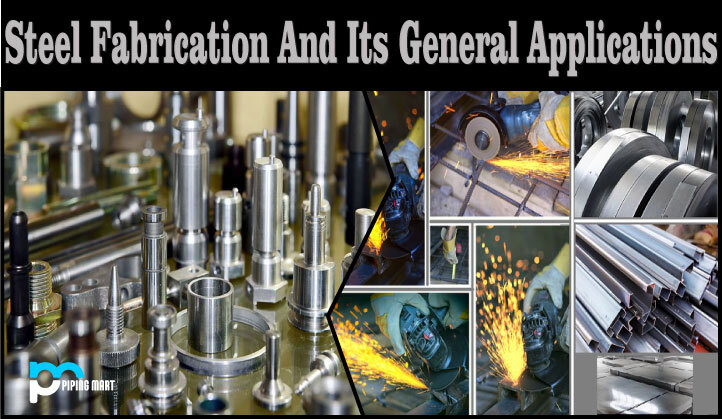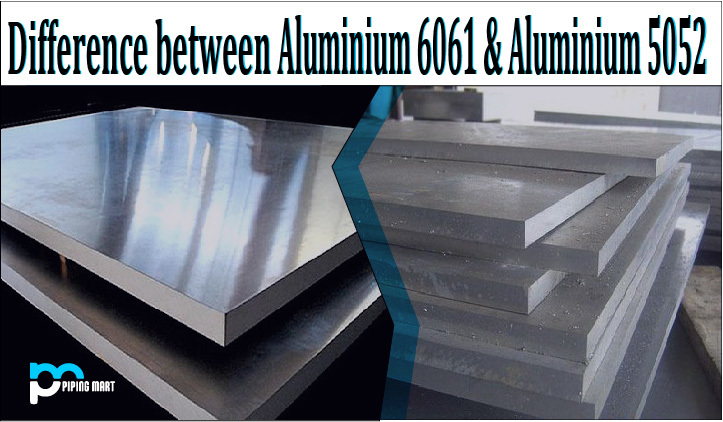Electrode welding is a popular welding technique used by many welders all over the world. It involves the use of an electrode to deliver current to the weld joint, which melts and fuses together two pieces of metal. This technique has several advantages, including speed and ease of use. In this blog post, we’ll explore the different types of electrode welding that can be used for different applications.
Types of Electrode Welding
Shielded Metal Arc Welding (SMAW)
Shielded Metal Arc Welding (SMAW) is one of the most common types of electrode welding. It’s also known as stick welding because it uses a consumable rod or stick as its electrode. The process works by heating the base material with an electric arc generated between the tip of the rod and the workpiece. A flux coating on the rod helps protect it from oxidation and provides additional shielding from air contamination during operation. The slag resulting from SMAW must be removed after every pass to ensure quality results; however, this type of electrode welding is relatively low cost and requires minimal setup compared to other methods like gas tungsten arc welding (GTAW).
Gas Tungsten Arc Welding (GTAW)
Gas Tungsten Arc Welding (GTAW), also known as TIG (inert tungsten gas) welding, is a specialized form of arc welding that uses a non-consumable tungsten electrode to produce heat for welding instead of a consumable rod or stick. A shielding gas such as argon or helium is used to protect the weld area from contamination while creating an electric arc between the workpiece and the tungsten tip. GTAW offers excellent control over heat input and allows for precise welds without spatter or distortion—making it ideal for critical welds, such as those found in aerospace applications. However, this method requires more skill than SMAW since maintaining consistent current levels is essential for success.
Gas Metal Arc Welding (GMAW)
Gas Metal Arc Welding (GMAW) is another popular form of electrode welding that utilizes a wire feeder system instead of a consumable rod or stick. This wire feed system continuously feeds small lengths of filler metal into the weld joint at fast speeds—allowing GMAWs to be completed quickly with no need for manual intervention during operation like SMAWs require. GMAWs are typically used on thicker materials due to their high deposition rates but can also be used on thinner materials with proper adjustments to wire feed speed and gas flow rate settings. Additionally, GMAWs produce less smoke than SMAWs, so they are often preferred in environments where ventilation may not be available or adequate for SMAWs’ operations.
Conclusion:
Electrode welding is one of the most versatile forms of joining two pieces together since it can be used with almost any metal—ranging from aluminium to steel—and on both thin-gauge metals as well as thicker ones up to several inches thick, depending on application requirements. Several types of electrode welding offer varying benefits depending on your project needs, so it’s important to understand each before deciding which one is right for you! Ultimately, if done properly, these techniques can help create strong welds with minimal effort while providing excellent control over heat input and output throughout the operation—enabling you to complete your projects quickly and efficiently!
Meet Heer, a dynamic and driven writer learning tricks of her trade in the metal industry. With a background in Digital Marketing, Heer brings a unique perspective to her writing, sharing valuable insights. Apart from blogging she like reading and hiking.




